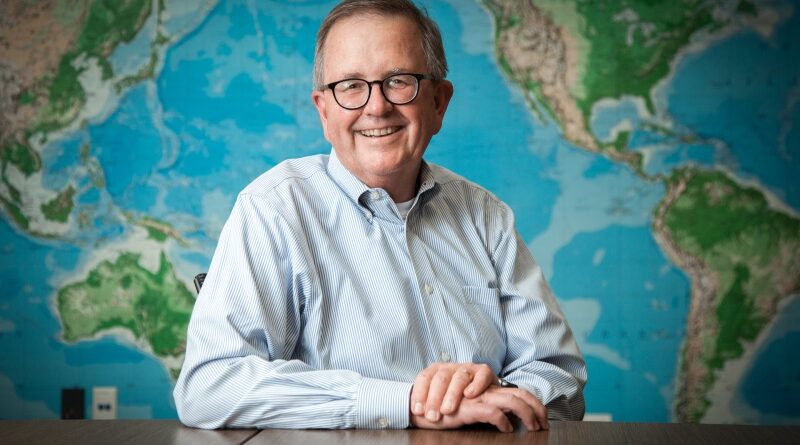SMU Awarded $18M From the US Defense Department
SMU received $18 million from the U.S. Department of Defense to continue their global observations and research using acoustic and seismic waves to better understand when nuclear tests, large earthquakes, and other major events happen.
The award for the Seismic-Acoustic Monitoring Program IV is the largest to be given to SMU for research.
With the award, SMU seismologist Brian Stump and his research team will use a combination of low-frequency acoustic waves and seismic waves to help figure out if the occasional burps and shudders that travel through and around the Earth are caused by man-made events like a nuclear explosion test or natural events like earthquakes or volcanic eruptions.
Low frequency acoustic waves travel through the atmosphere and are too quiet to be heard by the human ear without the help of a device. Seismic waves, meanwhile, travel through the Earth’s layers and complement acoustic waves to tell whether the source of the waves is from natural events or human events.
Using data from two seismic arrays, located in the Big Bend area of Texas and in Mina, Nevada, SMU scientists analyze data resulting from the acoustic and seismic waves that occur when nuclear weapons are detonated anywhere in the world. These stations, both in extremely quiet areas, record signals accompanying earthquakes and sometimes volcanic eruptions as well. The new funding allows this work to continue.
“In the cases of earthquakes and volcanoes, the waves provide new insight into the physical processes that accompany these natural events,” said Stump, Albritton Chair of Geological Sciences in the Roy M. Huffington Department of Earth Sciences in SMU’s Dedman College. “For human-induced events, the waves similarly allow us to locate the sources as well as the processes that accompany the events. An example is mining explosions at the Earth’s surface, which generate both seismic and infrasound signals that can be used to identify these activities.”For more than 25 years, SMU’s seismo-acoustic analysis team has proven invaluable to the U.S. government in ensuring that the world’s nuclear powers abide by their agreements related to underground nuclear testing. The team includes Stump; Stephen Arrowsmith, Associate Professor and Hamilton Chair in the Department of Earth Sciences; Chris Hayward, Senior Scientists in the Department of Earth Sciences; and Paul Golden, Director of Geophysics Laboratory in the Department of Earth Sciences.









